Fantastic Four artists reveal the joys and challenges of drawing Marvel's first family
Comics artists tell us how they approached the unique character dynamics.
2025 is a big year for Marvel’s first family as The Fantastic Four: First Steps hits cinemas on 24 July. Set in the 1960s, with a cast that includes Pedro Pascal and Vanessa Kirby, the new movie marks a return after a number of years away from the big screen.
Marvel and The Fantastic Four: First Steps' director Mat Shakman are hoping that this latest take on the franchise will engage with both new audiences and long-term fans of the comic series. The Fantastic Four comics date back all the way to 1961 has benefited from the work of some of the best talent in comic art.
To celebrate the return of Mister Fantastic, Invisible Woman, Human Torch and the Thing to the big screen, we caught up with some of those artists to learn about their approach and inspiration and whether they work on physical media or the best digital art software.
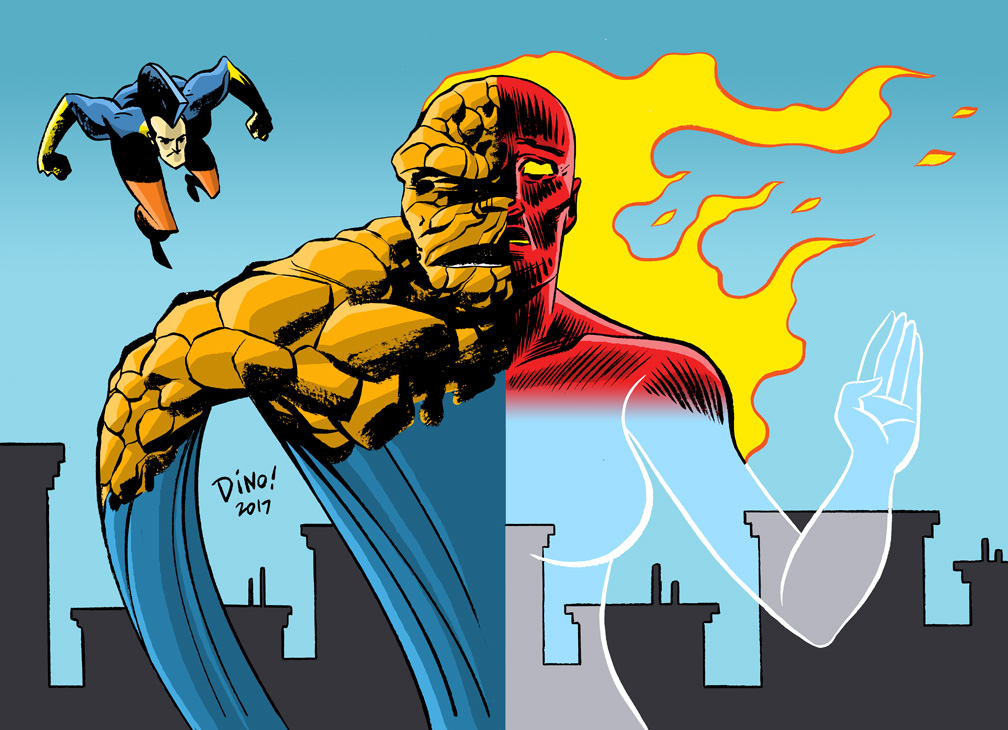
Legend Walter Simonson drew a fan-favourite run on the book back in the 1990s. He says his approach to drawing Reed Richards and co was clearly delineated.
“The Fantastic Four were created as characters who were essentially a family, with a family’s love and tensions and squabbles on display as they unite to deal with threats to Earth, large and small," he says. "I think that dynamic works against the notion of creating a look to individualize each member of the team. They are much more closely bound than most other teams and their costumes reflect that graphically.”
His technique is very much old school, doing most of his work by hand and "on the rare occasion" touch ups by computer.
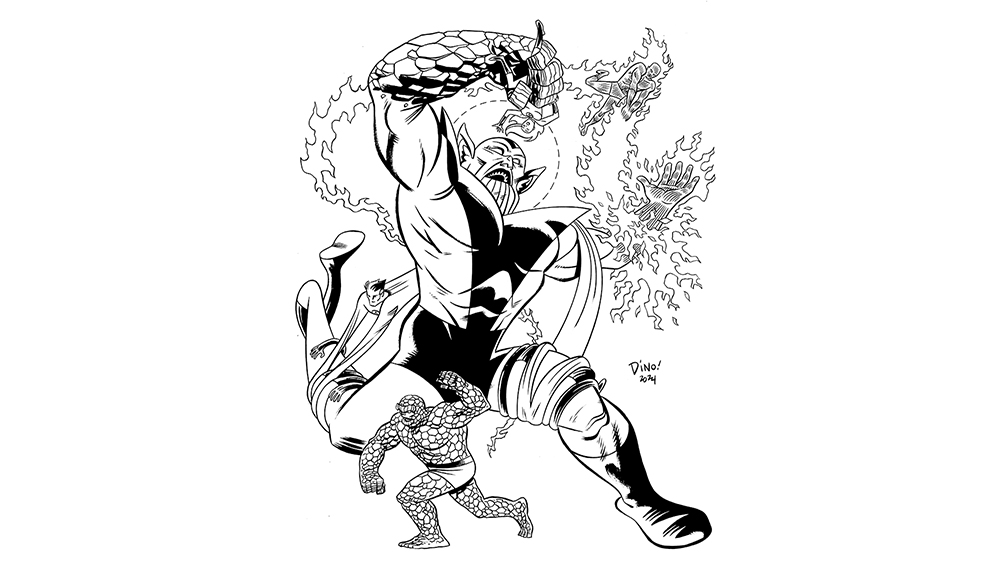
For veteran US indie artist Dean Haspiel (Dino), Fantastic Four co-creator Jack Kirby has had a huge influence. He sees his take in a very focused fashion. “The Fantastic Four might've been a Timely Comics ‘Hail Mar’ that launched the Marvel Universe. A Challengers of the Unknown response to the 1960s space race and The Fab Four (aka The Beatles).
Daily design news, reviews, how-tos and more, as picked by the editors.
"But, at its core, The FF is an evergreen story about a curious family cosmically mutated by their obsession to play existential Truth or Dare. Where the explorations of god particles are just as profound as the investigations of one's humanity and the power of purpose. Knowing that when the chips are down, a tight group of extraordinary people have your back.”
He sees the fact that sometimes it seems hard to modernise their appearance for an artist as a positive rather than a negative aspect: “Born in 1961, The Fantastic Four were way ahead of their time and continue to reach for the stars. How do you dress that up? Just like your uncle who always wears his favourite hat or your grandmother who wears the same smock to paint her tulips while imparting their experiences and wisdom, you don't modernize the way they look.
"You embrace them for who they are. Their time-stamped "uniforms" becomes your nostalgia. A sentimental sweet spot. Keep The Fantastic Four designed like how Stan Lee and Jack Kirby left them during a time when America's fashion looked the best.”
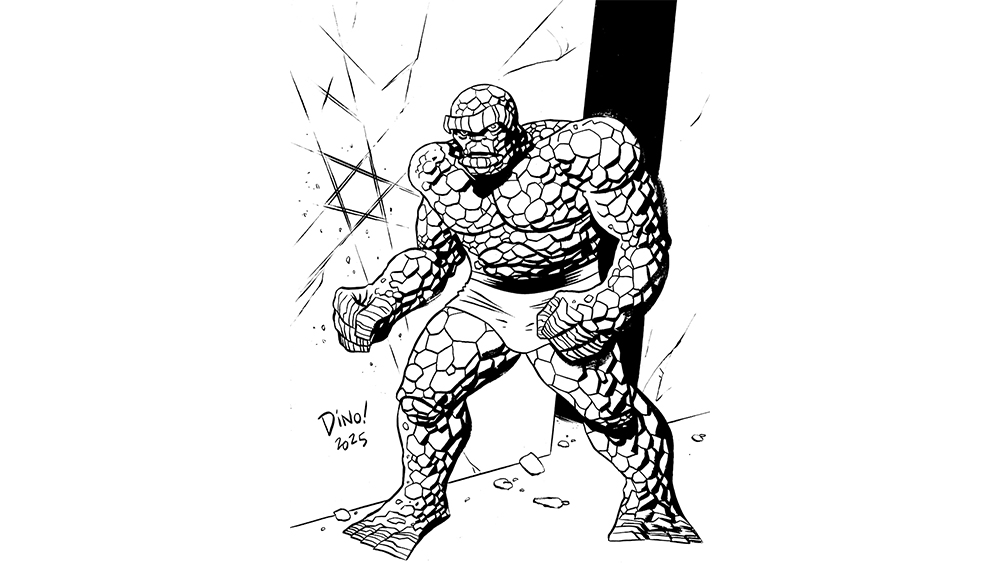
When creating a cover for the Fantastic Four, Haspiel turns to hybrid means to bring this to life, he reveals: "I pencil and ink on paper and then color and letter digitally. But even when Joe Sinnott was inking Jack Kirby's pencils, Jack himself would sometimes produce a psychedelic collage of photos and line art to push the boundaries of what comics could look like.
"As analog as those 1960s comics were, the Fantastic Four explored new frontiers and ideas beyond the printed page. Would Kirby employ artificial intelligence were he alive today? I don't think so. It's the other way around. A.I. has yet to catch up with Jack Kirby and, by proxy, The Fantastic Four.”
British comic artist Frazer Irving, who is best known as artist on DC’s Batman and Judge Death at 2000AD, has his own approach to illustrating Lee and Kirby’s most optimistic creations: “Each of the four characters has unique abilities which are represented visually, which is where each artist applies their own take on these rigid parameters. Everyone has their own way of drawing fire as they also do with invisibility etc, and it's the wild variations in each interpretation that make them a compelling subject to draw.”
Irving works both in analog and on the computer but he feels that one method suits his portrayal of Marvel’s first family better than the other: “I've drawn them analog and digital, and I always prefer digital as it allows a broader creative canvas to experiment.”
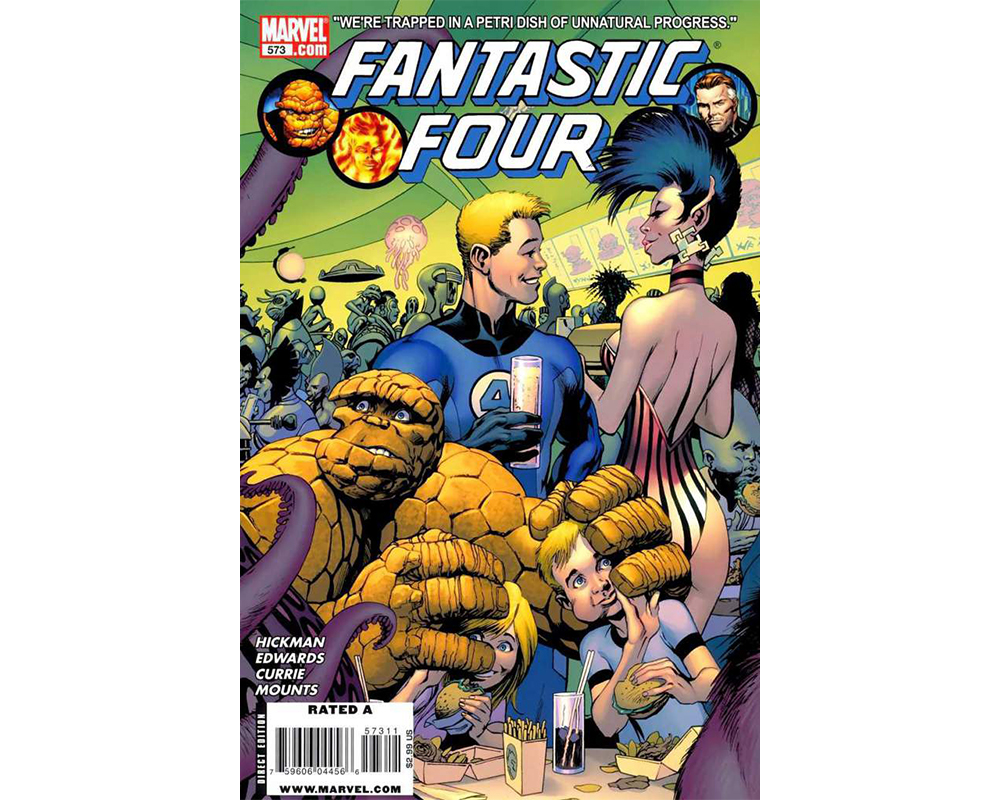
For fellow British artist Neil Edwards, whose career has included stints at Marvel on Fantastic Four and Spider-man, drawing the FF gave him an opportunity to appreciate each of the four characters: “The FF are certainly Iconic and when I drew them I got to love each one of the characters as they have such a different aspect to the design.
"I think some creators have hit it on the head story vise especially Byrne and Millar/hitch run was great too. I’d look more at the explorer/sci-fi aspect rather than the superhero side of the stories.”
His drawing methods have changed since he drew Marvel’s first family, since for covers and interiors, he works digitally now.
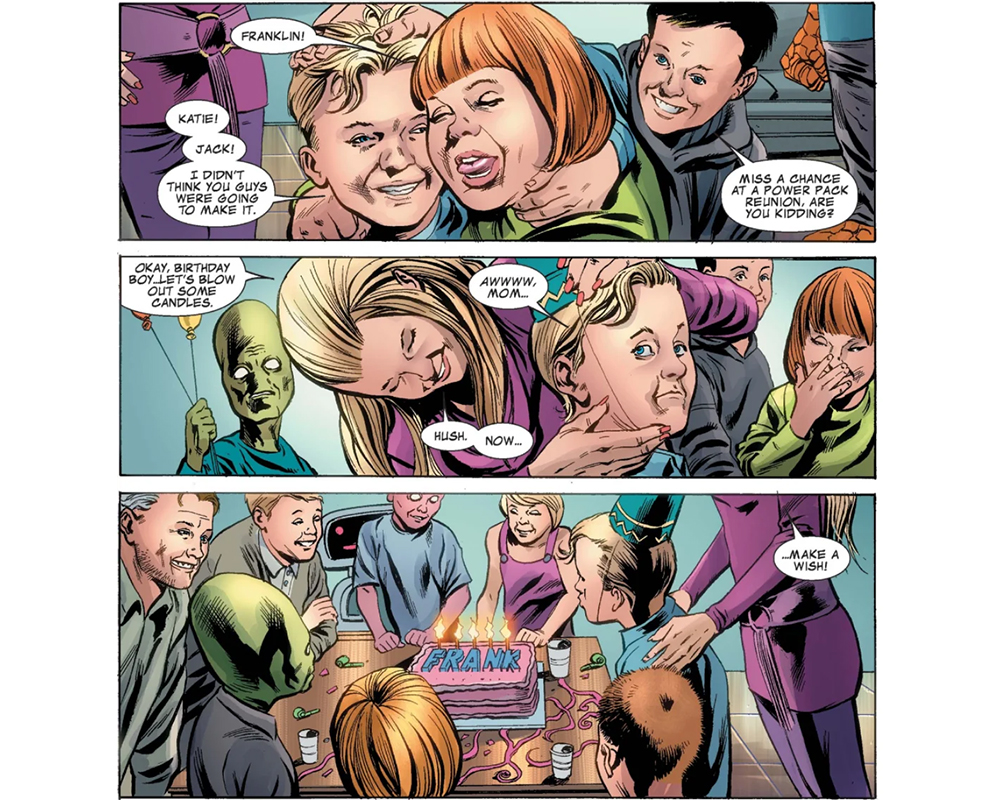
The Italian comic artist Simone Bianchi, whose impressive CV that includes work for both Marvel and DC, puts the elements at the centre of his approach to how to draw Fantastic Four. “I love the original idea that, of course, the Fantastic Four are actually the four representations of Earth, Wind, Fire and Water," he says. "It’s a great idea like every other Stan Lee idea. On top of that, there are two things that I love to draw and paint more than maybe anything else, which are flames and fire, which are very difficult to paint because it’s in constant motion.
"But I like challenges. You have to catch the perfect time where the shapes of the flame are working with the rest of the composition. And the other thing is the Thing. I love drawing rocks to start off and he's got to look like an organic figure, as if he's been taken over by the rocks. Mr. Fantastic is the water here and he’s such a great character because he’ll improve the composition of everything that you draw that includes the Fantastic Four.”
Bianchi takes a classic approach with a modern twist: “I usually do a very quick, very comfortable sketch, like a digital blue line or just a really rough sketch. I can do that on my couch while watching TV like Game of Thrones and then I print that into a larger scale piece. Then I start to define the pencil traditionally and then I lightbox the pencil sketch (see our best lightbox for tracing guide). Next I trace it into a final painting and then I paint everything all over. It’s a hybrid process like 15% digital, 85% traditional.”
British artist Mike Perkins, who has drawn Captain America for Marvel and Lois Lane for DC, takes a unique tack with his Fantastic Four drawing: “It's the family dynamic but also for me it's how I would approach the inking process with the Fantastic Four because they've all got to look different.
"So you'd want to differentiate the four characters and make sure they all look different in the piece. You'd give Mr. Fantastic a certain kind of feel. Human Torch would be more scratchy kind of stuff while the Invisible Woman would be more delicate kind of inking. With The Thing you have to do it cartoony. For me, that's the only way to draw the Thing.”
When creating a Fantastic Four cover, there is only one way for the artist to go: “It’s all analog. I try to work with digital, but there's a spontaneity you get with analog.”
Lee Garbett, a British artist who has drawn books like Loki and Doctor Strange for Marvel and Lucifer for DC, sees their family dynamic as key for him as an artist: “The Fantastic Four are Marvel’s first family and the character dynamics and visual design between each of them is just super-well balanced and complimentary to each other.
"Yes, we can see each of them break away and appear in various other series or even their own, but it always feels temporary. They’re never stronger than when they’re together.”
And even though people have tried to bring the Fantastic Four up to date, Garbett doesn’t see any reason to play with such a winning formula.
“For me, they don’t need modernising and I think some attempts to do so have missed the mark because they don’t understand what the Fantastic Four are. They’re adventurers and explorers, rather than your standard crime-fighting super-heroes, so that’s the aspect that should be very much leaned into and celebrated.”
He works traditionally using pencil and ink on board and then scans the art to colour it, or send it to be coloured, digitally.
For more inspiration, see our piece on how comic artists draw Superman. Also check out Marvel's Fantastic Four: First Steps artwork.
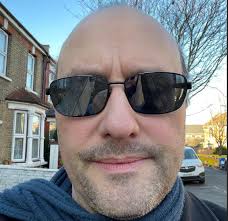
Joel Meadows is a writer, photographer and the founder of Tripwire, a magazine dedicated to genre culture, examining comics, film, music and more.
You must confirm your public display name before commenting
Please logout and then login again, you will then be prompted to enter your display name.
